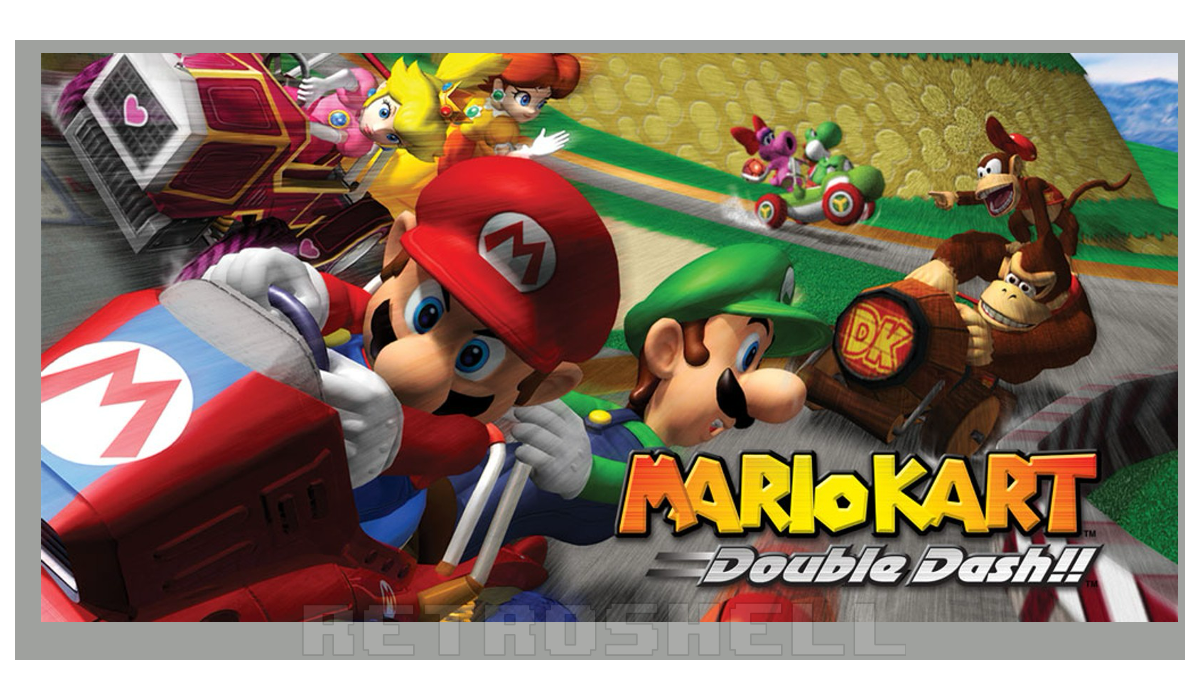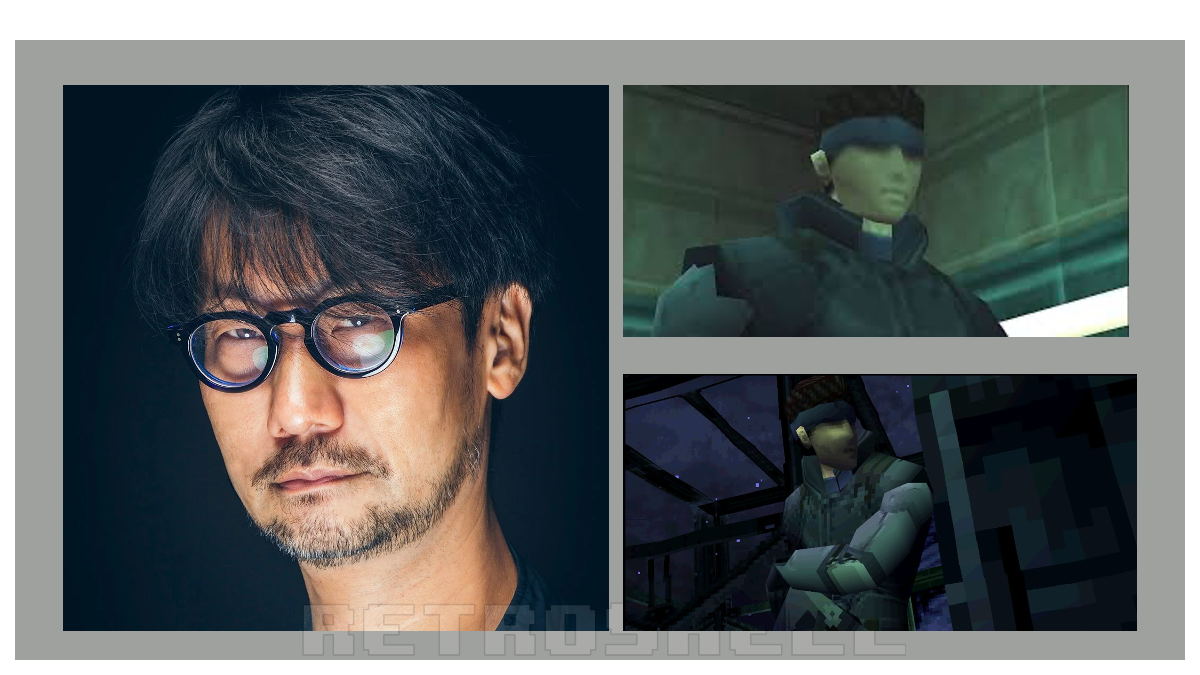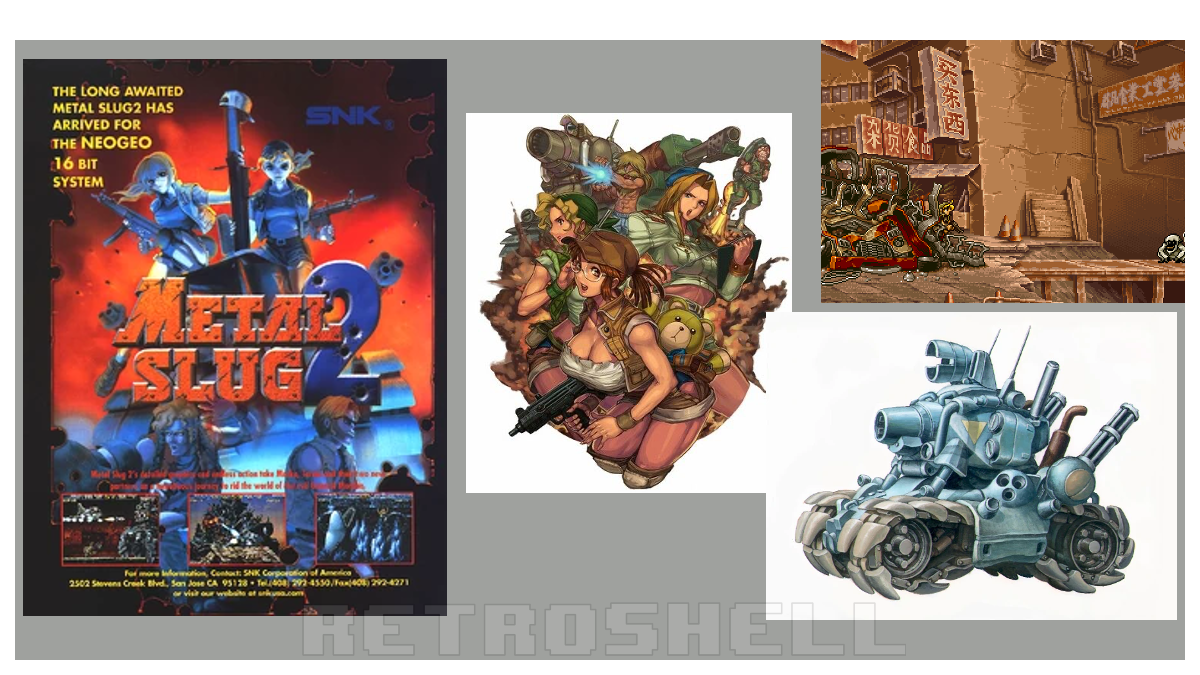Street Fighter’s 1987 Origins Revealed: Pneumatic Buttons, Atari Cabinets, and the Birth of a Genre
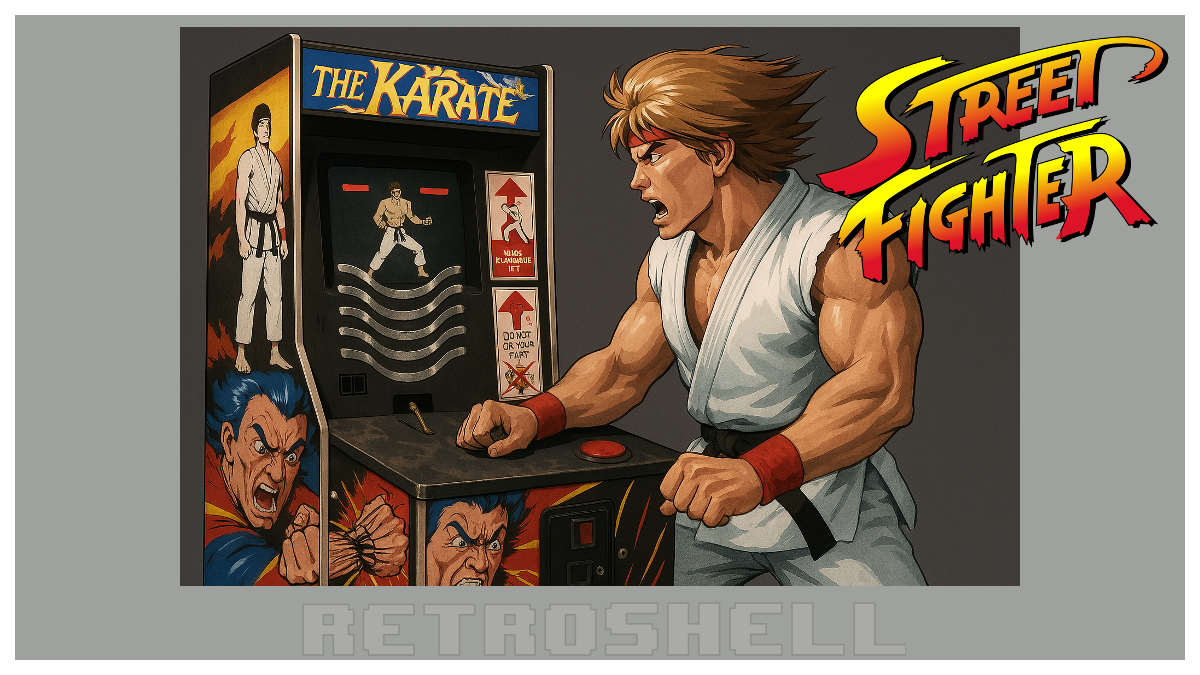
A fascinating insight of how the GOAT fighting game, became.
A newly resurfaced 1987 interview with Street Fighter creators Takashi Nishiyama and Hiroshi Matsumoto sheds light on the turbulent development of Capcom’s seminal fighting game. Published in Gamest magazine and translated and shared by shmuplatforms, the discussion reveals how an electro-mechanical karate game, technical hurdles, and a partnership with Atari shaped the franchise’s DNA—long before it became a global phenomenon 13.
From Brick-Breaking to Hadoukens: The Unlikely Inspiration
Nishiyama, the game’s director, credits a 1980s arcade machine, The Karate (ESCO Trading Co.), as the spark for Street Fighter. Players physically karate-chopped pressure-sensitive pads to smash bricks, inspiring Nishiyama’s vision for a video game that captured “the feeling of sports and athletics” 3. This led to the deluxe cabinet’s pneumatic buttons, which measured punch/kick strength—a novelty that caused endless technical headaches. Matsumoto, the game’s designer, recalled swollen hands from testing uncovered buttons, while Nishiyama joked about feeding him energy drinks during all-nighters 1.
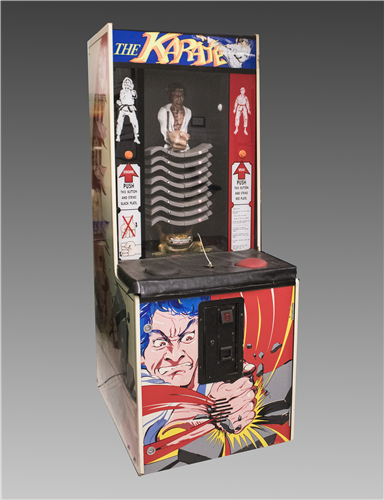
Building a “Stress Fighter”: Technical Trials and Atari’s Cabinet
The team aimed to create a “bright,” communal arcade experience contrasting with Japan’s typically solitary game centers. Collaborating with Atari of America, they designed a towering cabinet with a 26-inch screen to draw crowds. Nishiyama emphasized durability and spectacle: “We wanted players to flock to it on sight alone” 1. The design succeeded—reports noted packed arcades, though the pneumatic system’s fragile pipes frequently disconnected during testing 1.
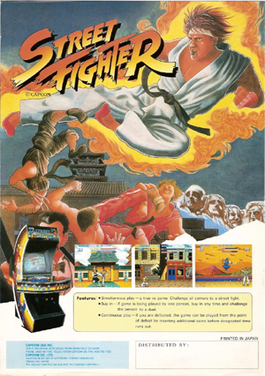
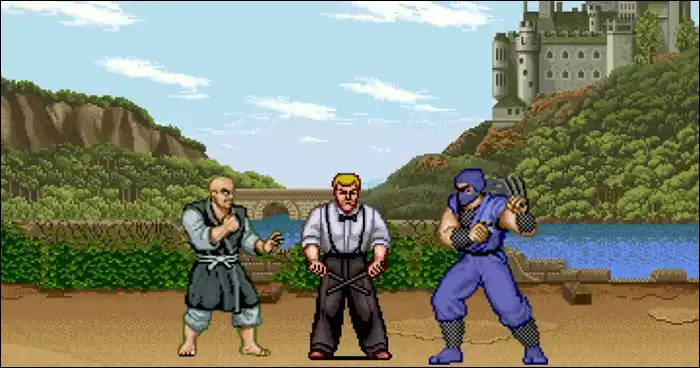
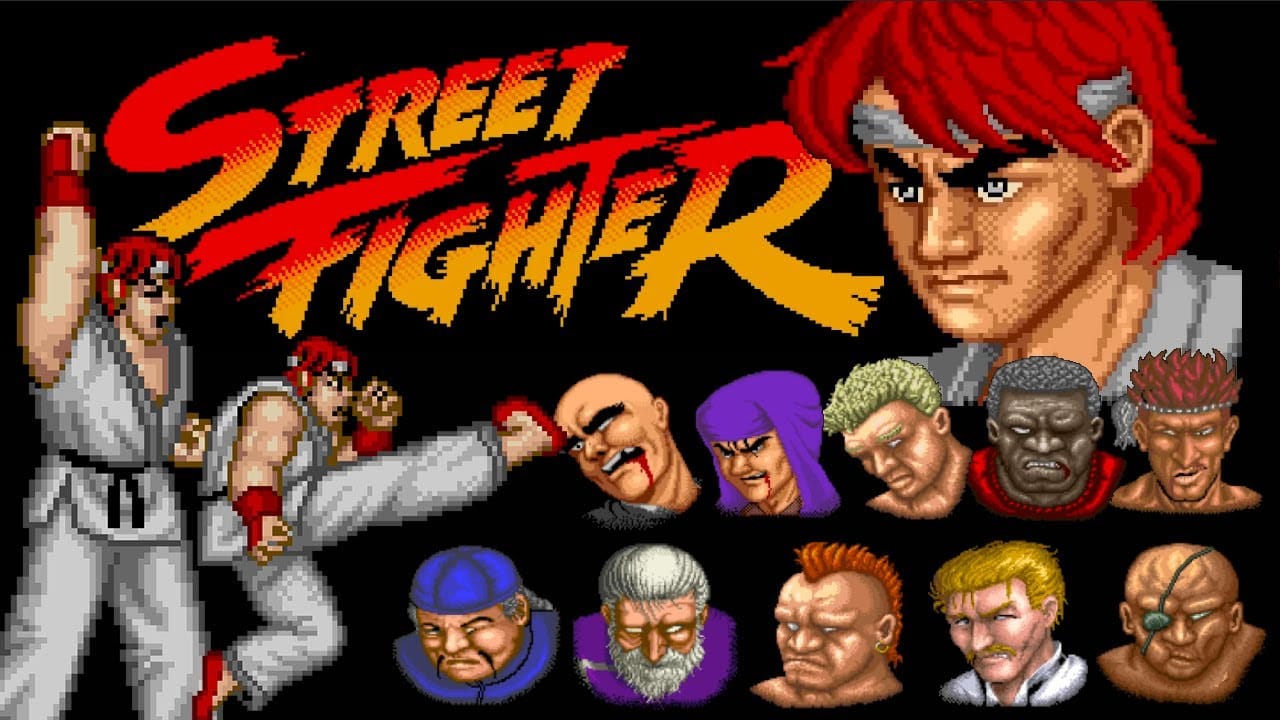
Character Design: Golf Terms, Muay Thai, and Player Stories
Matsumoto’s martial arts research informed moves that blended realism with theatrical flair, like Adon’s Muay Thai strikes. Early characters Birdie and Eagle were named after golf terms, while the iconic Hadouken emerged from Nishiyama’s initial concept, refined by Matsumoto 1. Developers intentionally avoided repetitive enemy patterns; final boss Sagat could be cheesed via ducking punches, but Matsumoto noted it was “physically exhausting,” leaning into the game’s cathartic “Stress Fighter” ethos 1.
Legacy: A Flawed Foundation for a Franchise
Though Nishiyama rated the final product a “75/100,” Street Fighter’s innovations—six-button controls, character diversity, and competitive spectacle—laid groundwork for the genre. The interview underscores how experimental risks (like Atari’s cabinet) and collaborative grit shaped gaming history, even as the original game’s quirks, such as its infamous difficulty spikes, became cult charms 1.
You can read the full interview and support the person who translated it on shmuplatforms.
Craving more retro insights? Subscribe for weekly deep dives into gaming’s past, or join the conversation on X, Bluesky, YouTube, and Instagram.

